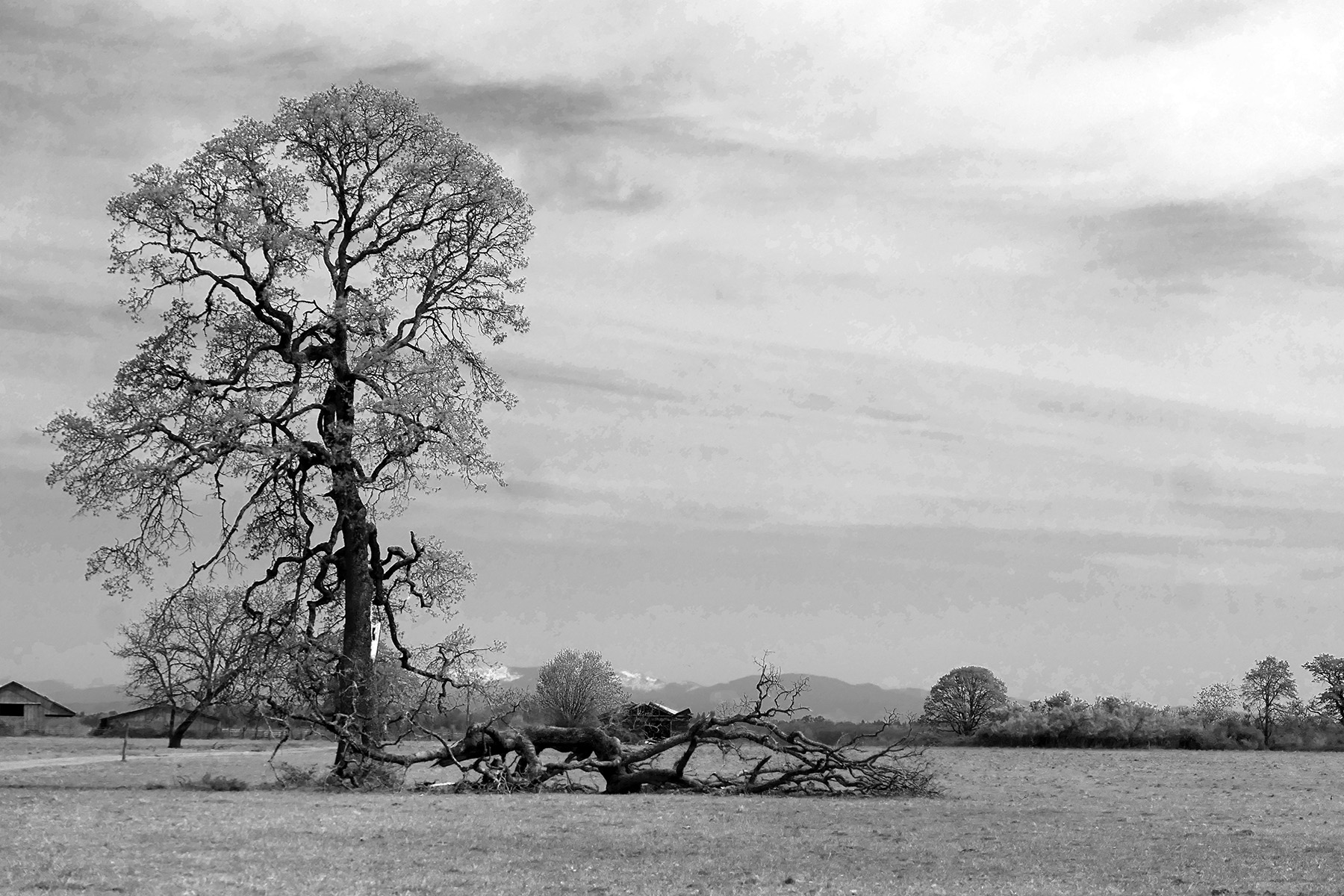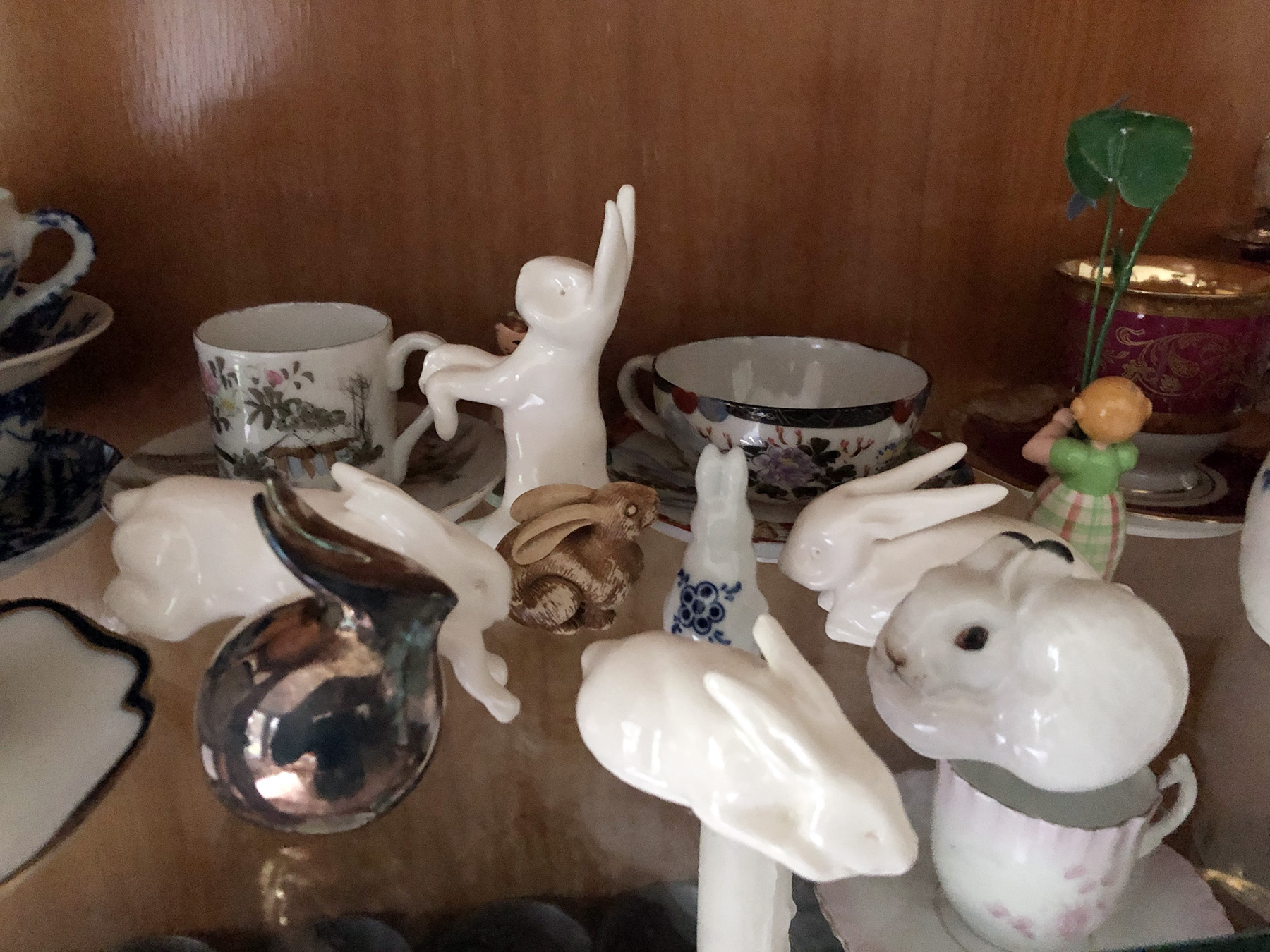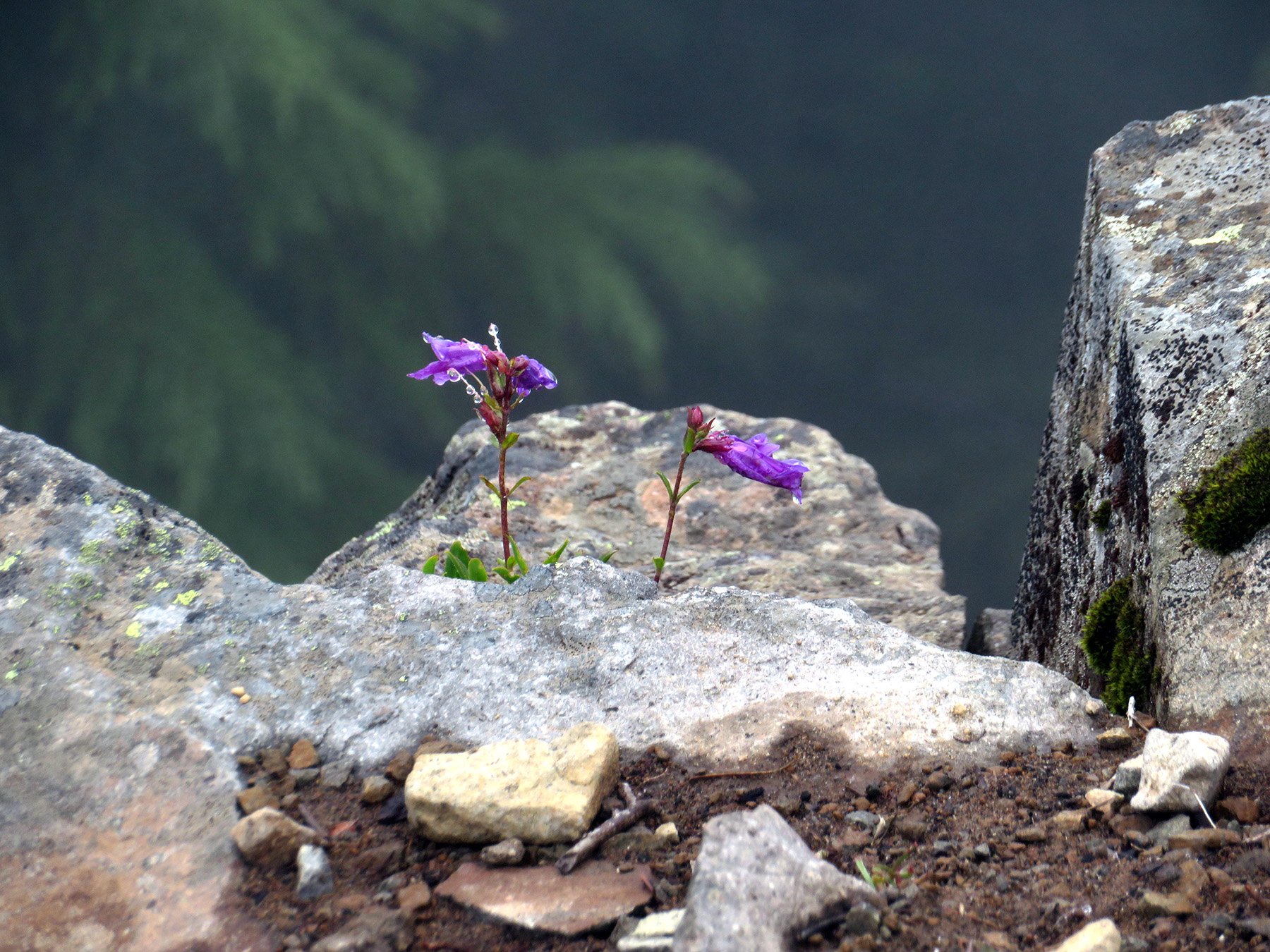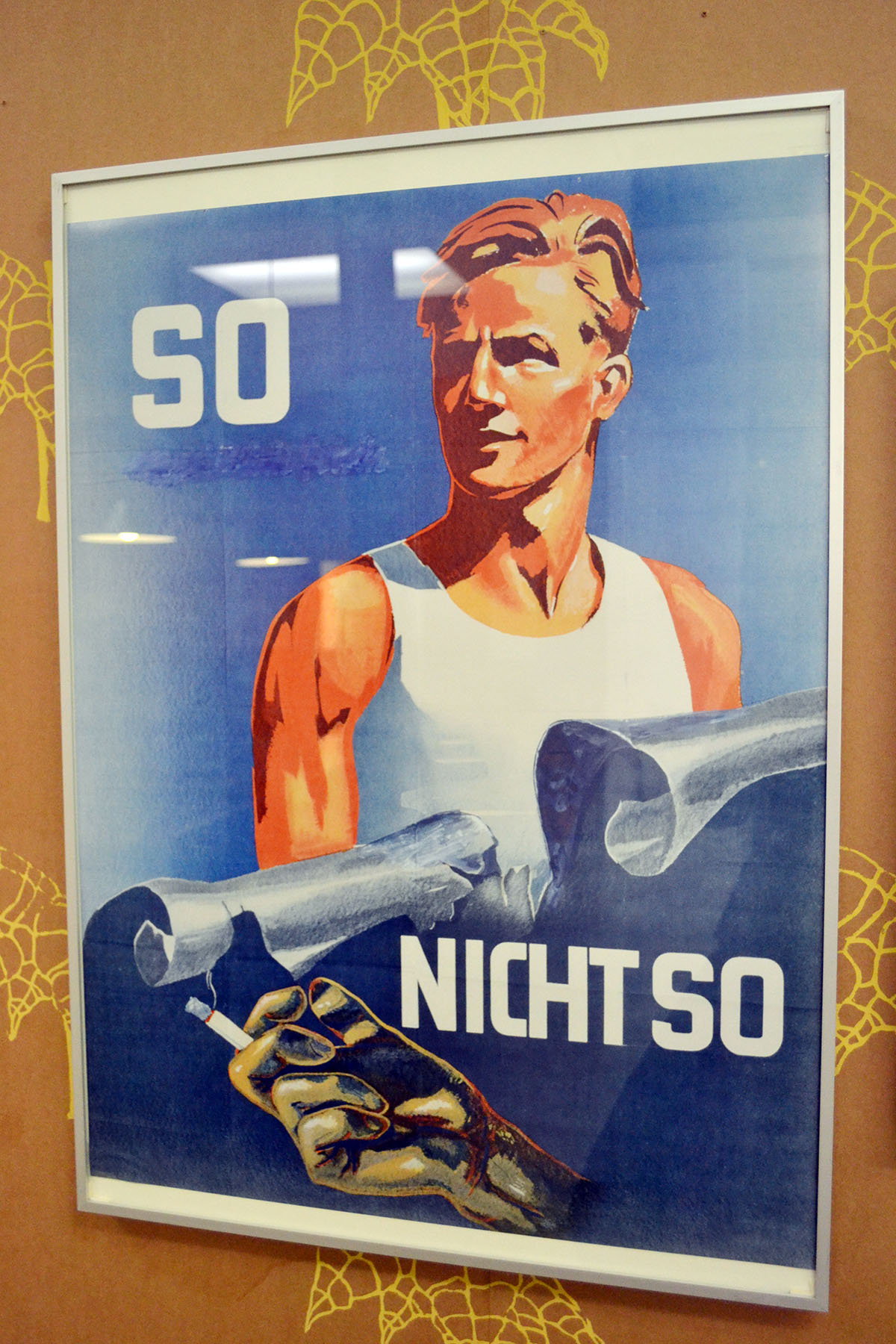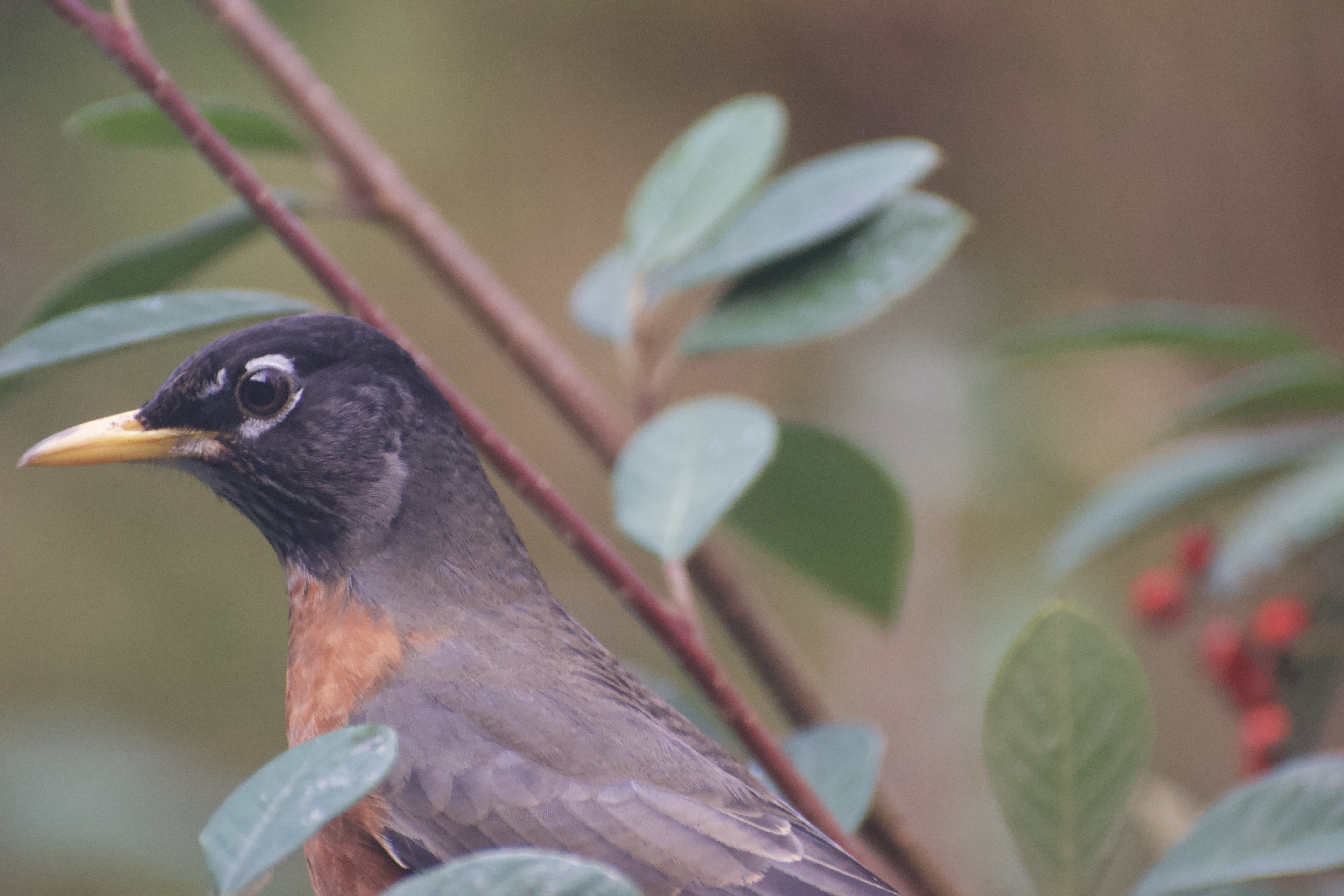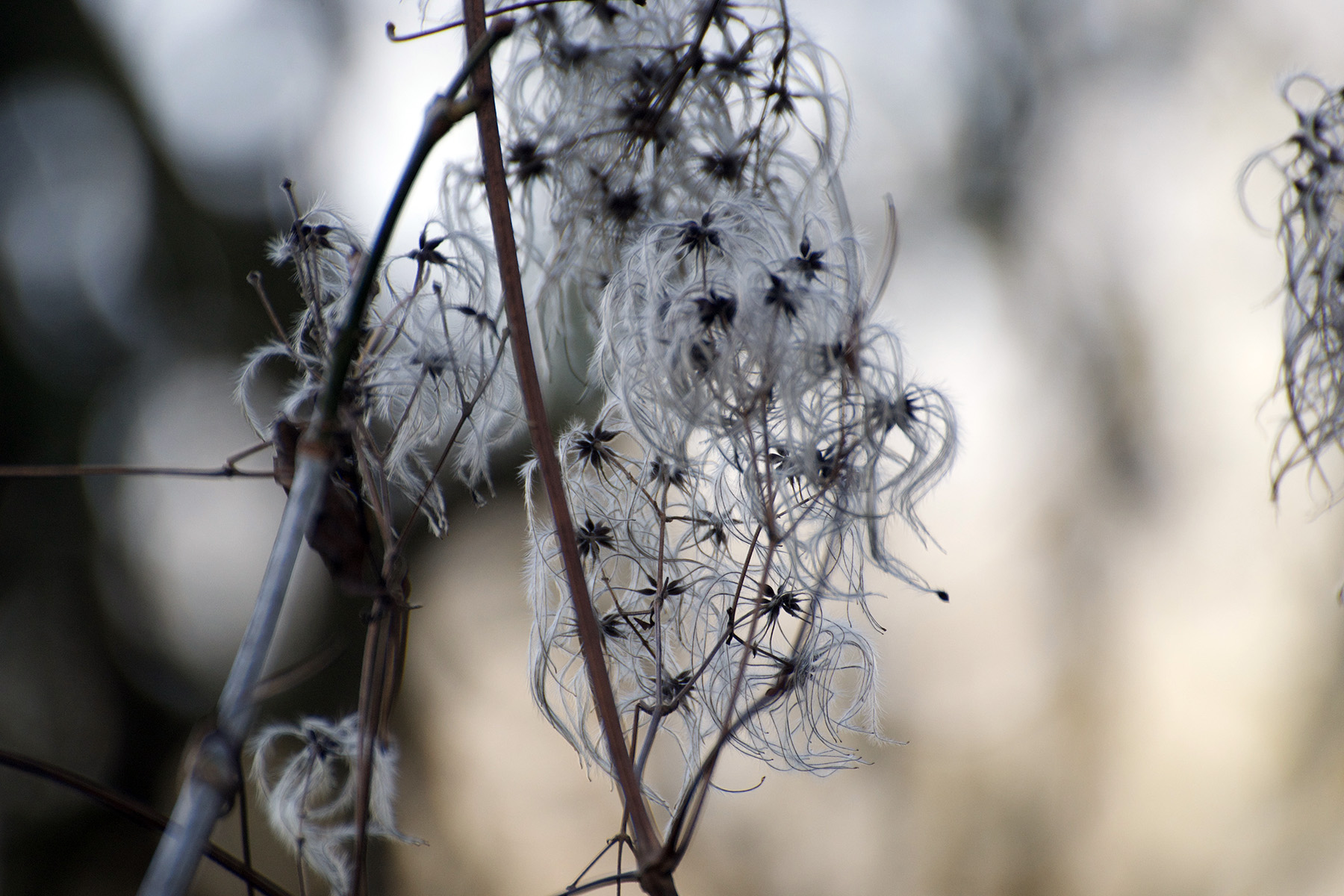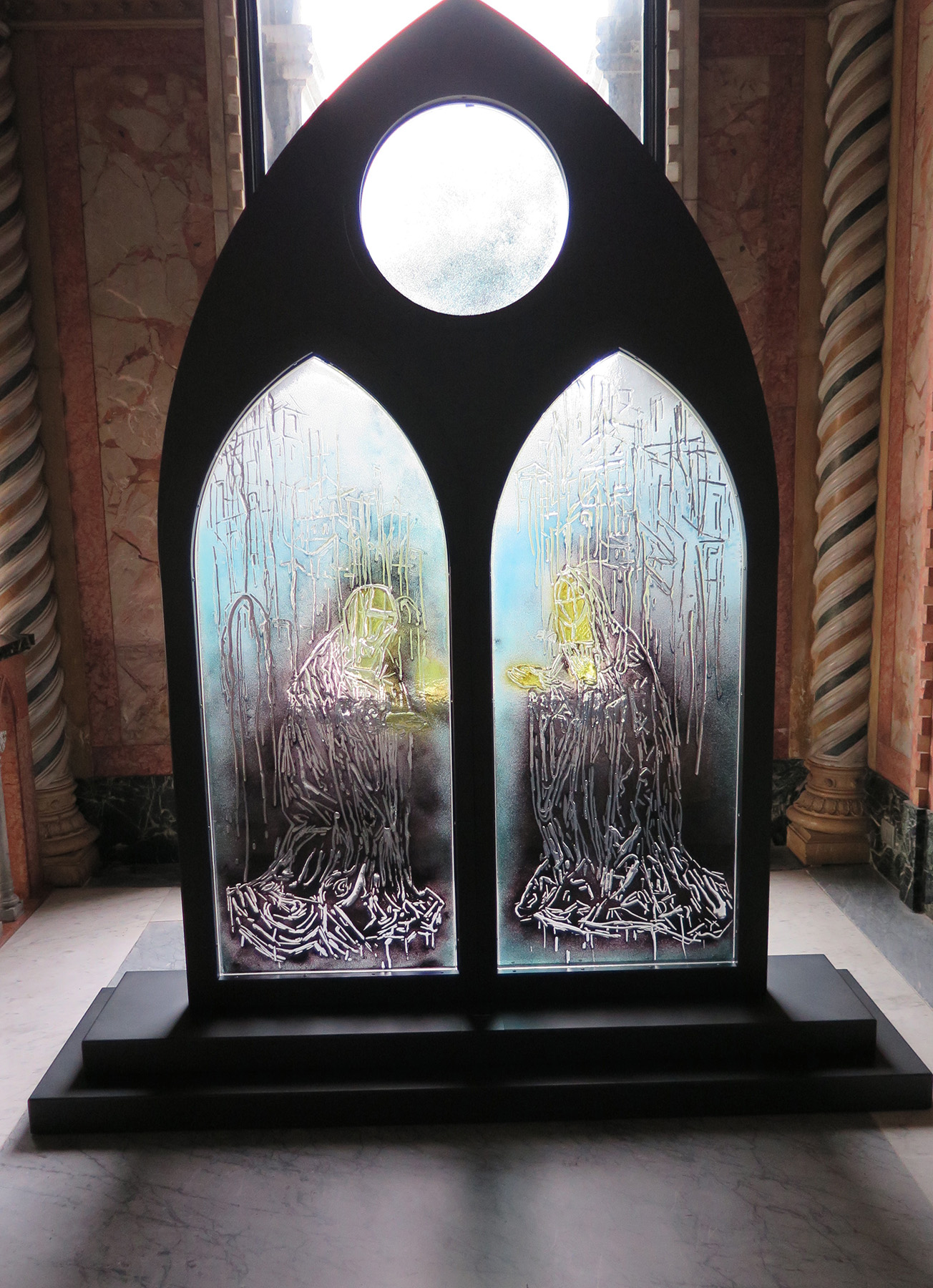Let’s assume you are – unjustly – accused of a crime since you happened to be on site when the police arrived. They drag you with them to be interrogated, convinced you are lying when you profess your innocence.

Do you have a clue what behaviors to avoid so you won’t reinforce the false assumption that you are lying? Should you avert your gaze or consistently meet the interrogator’s eyes? Should you sit extra still since fidgeting might be misinterpreted? Should you avoid rapid blinking or fiddling with your hair, yawning, complaining or covering your mouth while speaking? Should you cross your arms or your legs or avoid either? Should you concentrate on the pitch of your voice unless it is too high or too low? Should you be strongly emotional or rather reserved? As you might have guessed, these behavioral cues are believed to be evidence of lying, to the point where police and administrative agencies like the TSA print them on training manuals available for agents tasked with lie detection.
There is just one problem: a l l of them are believed to be behavioral signs of lying and n o n e of these have been proven to be reliable indicators of lying. Decades of scientific research both in the lab and in real-life, field scenarios debunked the notion that behaviors of certain kinds enable lie detection. (I am summarizing the long version of the findings which can be found here.)

Many international police departments have acknowledged these facts and are retraining their personell. Not so in this country where police and TSA stick to their old assumptions, regardless of the tragic consequences. People have served decades for murder in prison because they were found too stoic or too hysteric during interrogations, only to be later exonerated by other evidence.

In fact, departments are offering workshops and courses, spending inordinate amounts of money on them, that are reinforcing the old stereotypic beliefs, offering pseudoscience if not outright junk science as an alternative to the real thing. You wonder why. Why is there no shift in beliefs? Seriously, what is the motivation? Particularly since we have indications that there are other, more effective ways to actually spot lies, ways that do not focus on behavior but verbal cues? Give a suspect more time to speak freely in interview and they are likely to provide contradictions if lying, allowing the interviewer to spot liars accurately way above chance. Or access spatial memory, by having suspects draw maps of the crime or alibi scene. It turns out truth tellers report many more details in comparison to liars. UK police now regularly use this sketching method, having seen a significant improvement in lie detection.

Here are a few hypotheses about administrative preference for pseudoscience from researchers in the field who struggle to find more reliable ways of detecting lies.
- “…unlike scientific knowledge, pseudoscientific claims offer immediate and easy solutions to complex challenges. They are thus particularly enticing. For example, the work of security and justice professionals could be facilitated by the use of highly accurate lie detectors during their daily face-to-face interactions. While science cannot offer such devices because they simply do not exist, pseudoscientific claims can be tailored to the needs of professionals and appear to be nearly infallible. Practitioners with limited knowledge of science and seeking a silver bullet might find these claims quite appealing.” — Science is complicated. Even if you are open to science you might nonetheless bite when someone dangles a simple solution in front of you cloaked in scientific jargon.

- “The lack of specific or general scientific knowledge could partly explain why some organizations turn to pseudoscience and pseudoscientific techniques. “if organizations in the fields of security and justice do not lack specific or general scientific knowledge, they might turn to pseudoscience because they ignore the importance of science to improve their professional practices.” — Our national failure to provide good science education has long-lasting consequences.

- “Some organizations in the fields of security and justice have probably turned to pseudoscience because they underestimate the disadvantages (and overestimate the advantages) of using programs, methods, and approaches that, on the surface, seem scientific but, in reality, are not.” — This is possible, but two other factors need to be added when comparing how backward we are as a country compared to others in their approach to adequate interviewing. One factor is sheer size: to re-educate a few hundred or even a couple of thousand officers, sheriffs and the like in, say, Great Britain, is easy compared to the number of police we have in this country. The outreach would be an enormous undertaking. Which brings us to the second factor: we have no centralized control of the police in this country. There are so many diverse organizations, so many different power hierarchies, varying from state to state, that unified reform is practically unthinkable, even if the will existed.

If I say it’s harrowing yet unsurprising, in a nation where science bashing is fashionable and power structures are cemented in, I ain’t lying.

Photographs today are of a place that calms me down when I am thoroughly irritated as when thinking through the issues above.
Music by contemporary composer David Lang, about what else, cheating, lying, stealing…..
And a shout out to the kind beings who drove me out there and back, patiently shuffling alsongside of me…

